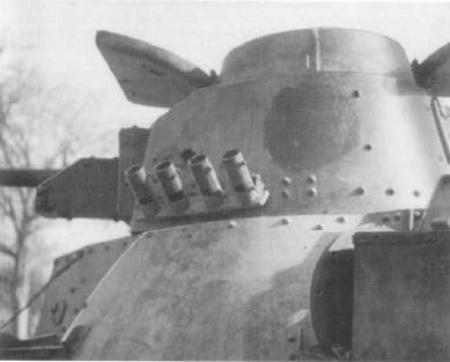Peter H wrote:Sometime luck played its part as well:
Tarawa,1943--Shermans versus Type 95:
...After advancing nearly 400 yards from the seawall,China Gal struck up a duel with a smaller Japanese tank.Almost as soon as the first rounds were traded,the American medium's turret traverse mechanism was damaged.Its gun out of commission,China Gal raced forward and collided with the Japanese gun,snapping off the medium tank's precious 75mm main gun in the process.Lieutenant Ed Bale ordered his driver to make for the beach,leaving the fight to Chicago.To the sheer amazement of hundreds of onlookers,the plucky Japanese tank gunner set the second American tank afire with one round.
I have read a different version of the story. The type 95 was destroyed by China Gal, but both the tanks fired at the same time. The type 95 was destroyed, but its shot had destroyed China Gal's 75mm gun, so that she could only use her machine gun, which still proved useful in eliminating Japanese resistance on the Island. The Chicago was reported to have stalled in a shellhole on D-day when it was landing on Red Beach 1.
http://tarawaontheweb.org/japtank.htm
Also, generally Japanese Tankers were highly trained. A type 95 would of had 3 crewmembers, Driver, hull gunner, and commander who doubled as the main weapon firer. He would have to coordinate the driver, look for targets, load and fire the 3.7cm gun, as well as manage the rear machinegun, all while the primitive suspension is bouncing the tank around in very cramped, often hot conditions. It was a complex job, and the Commander would of had to of been highly trained. He could fire the 3.7cm gun as fast as a human being could in the extreamly cramped conditions he was in.
Respectfully, Matt
